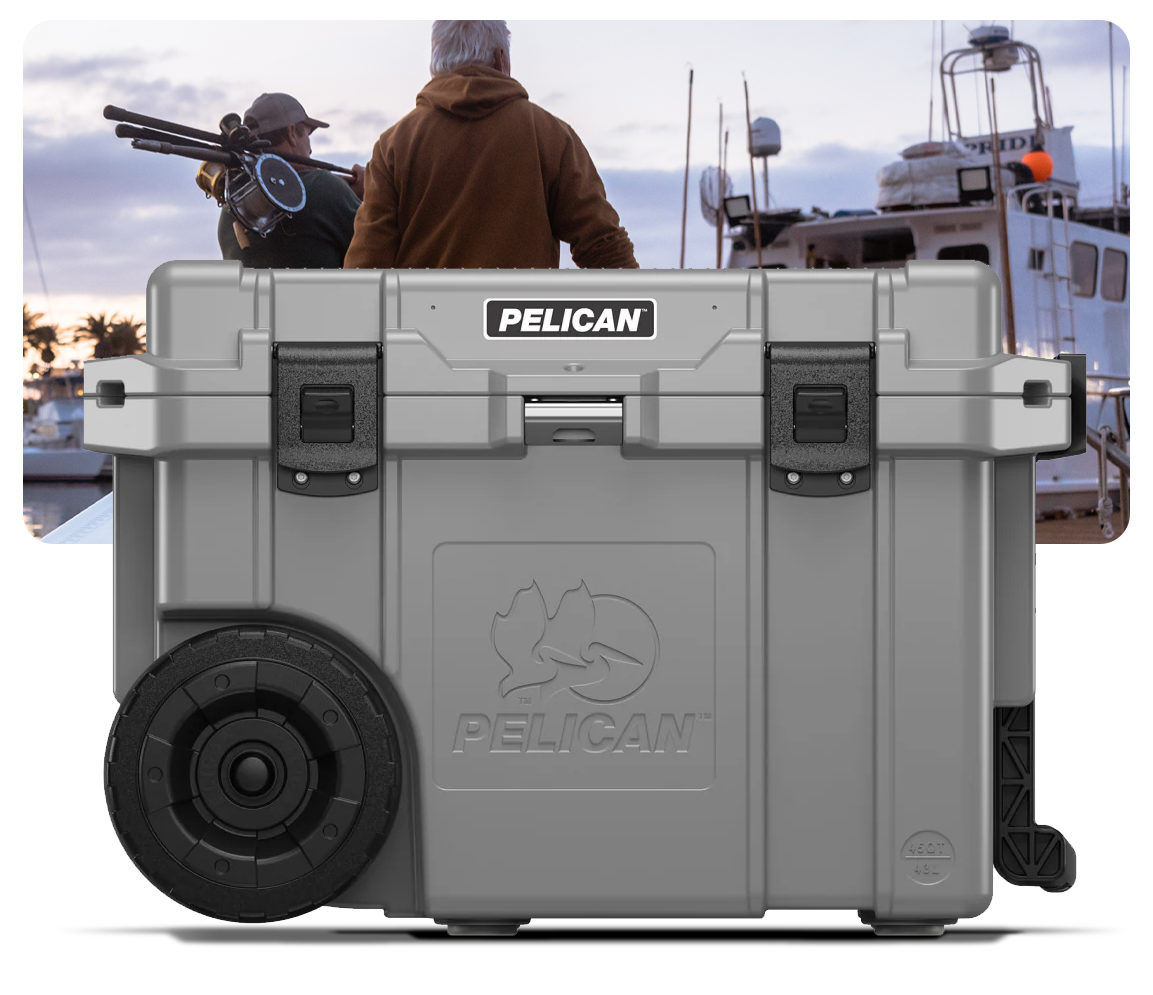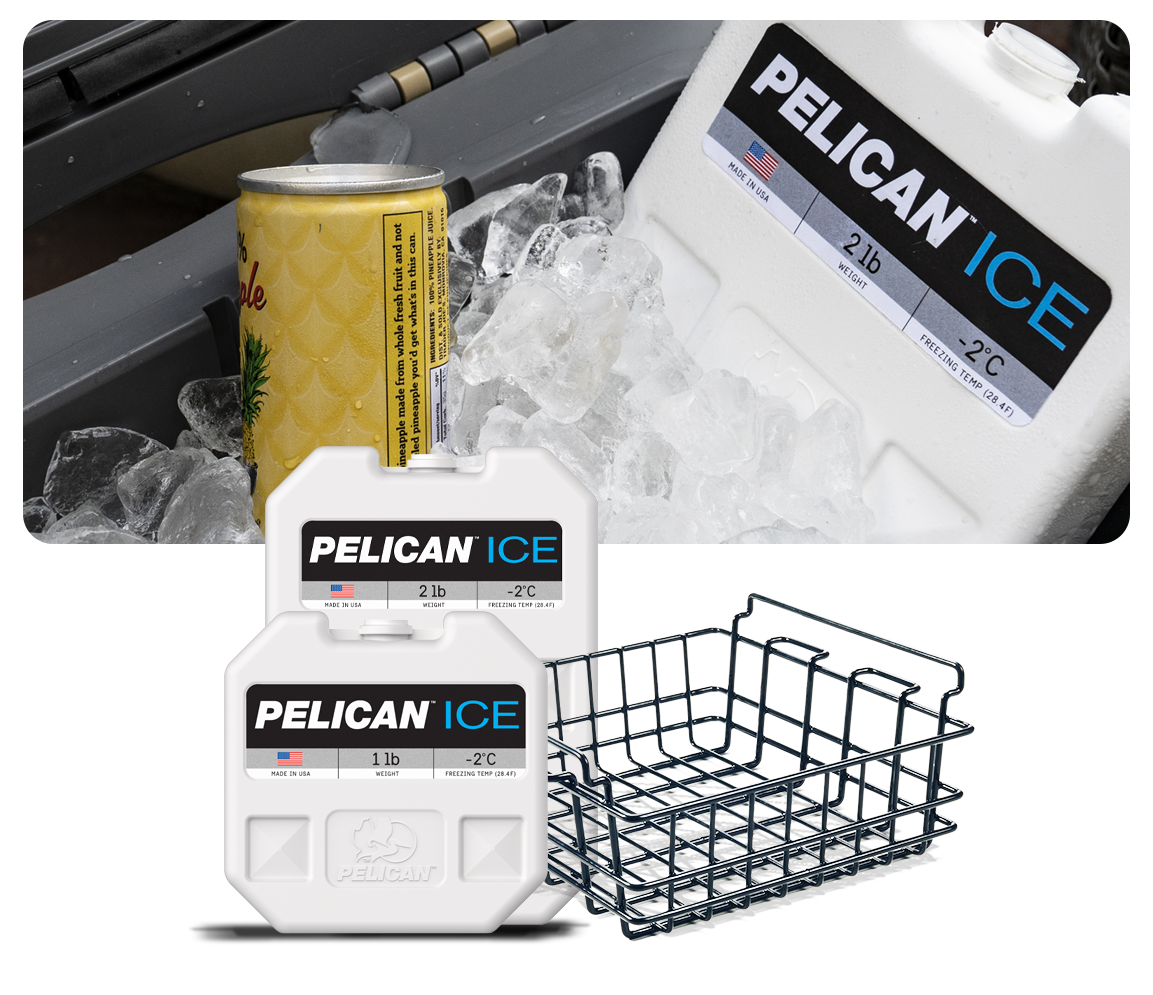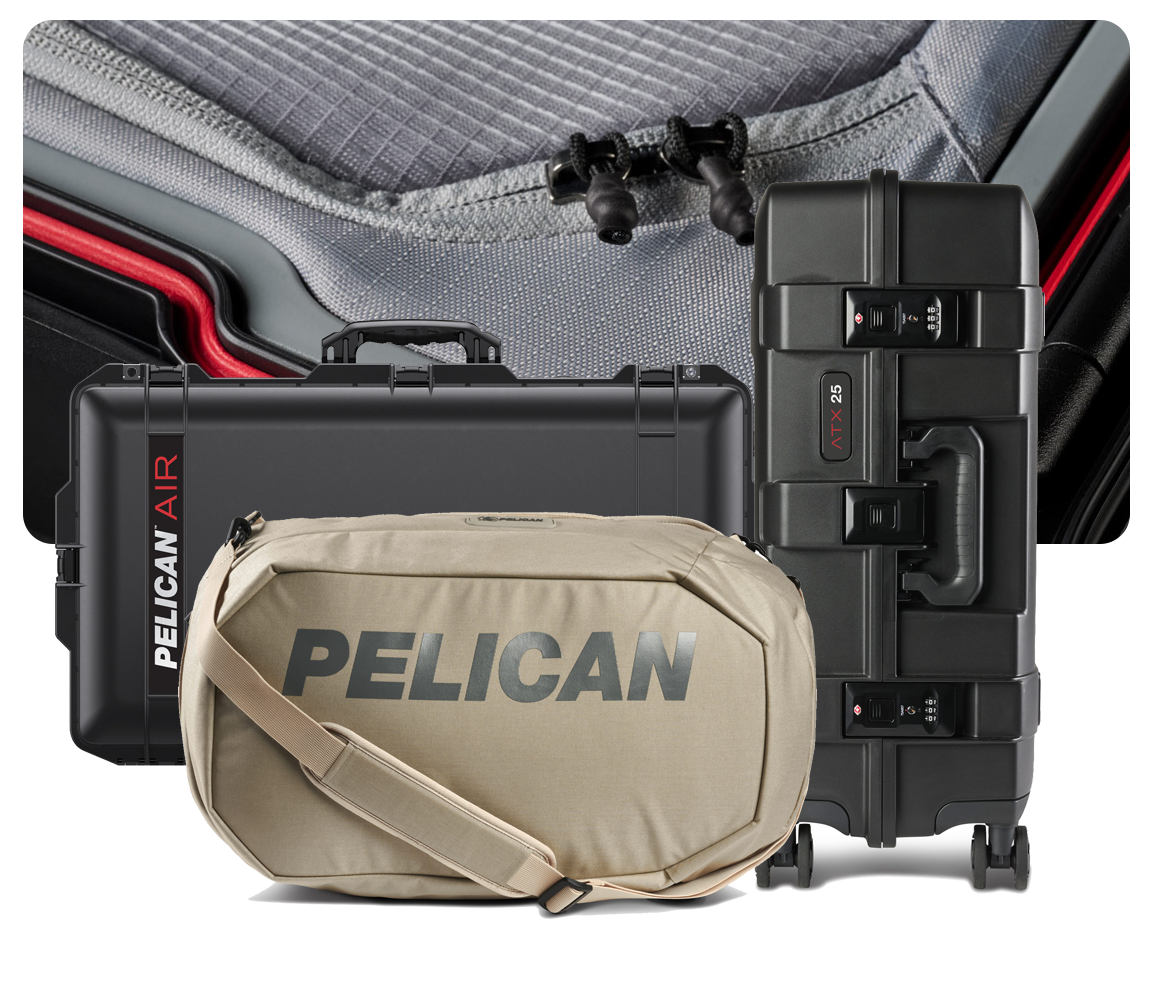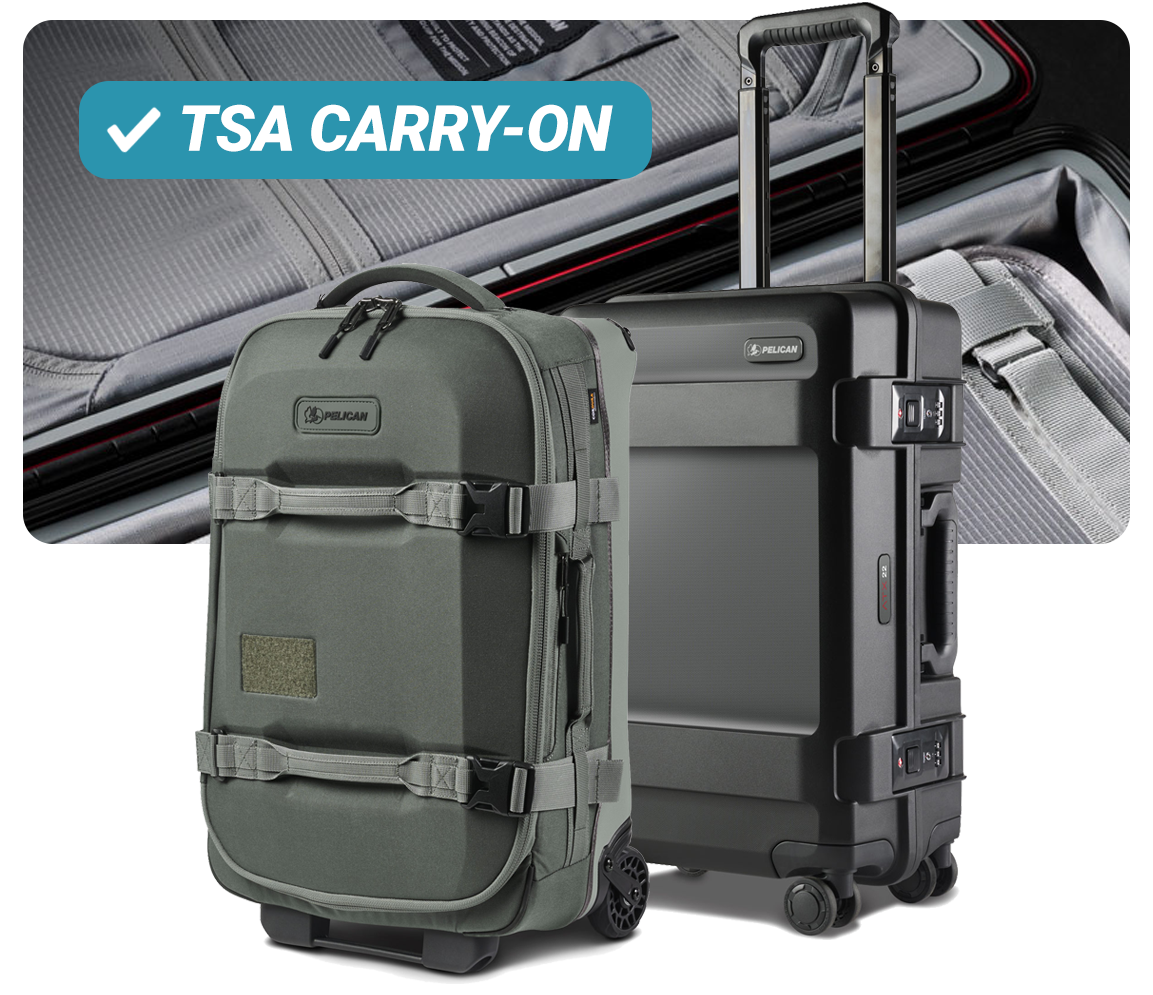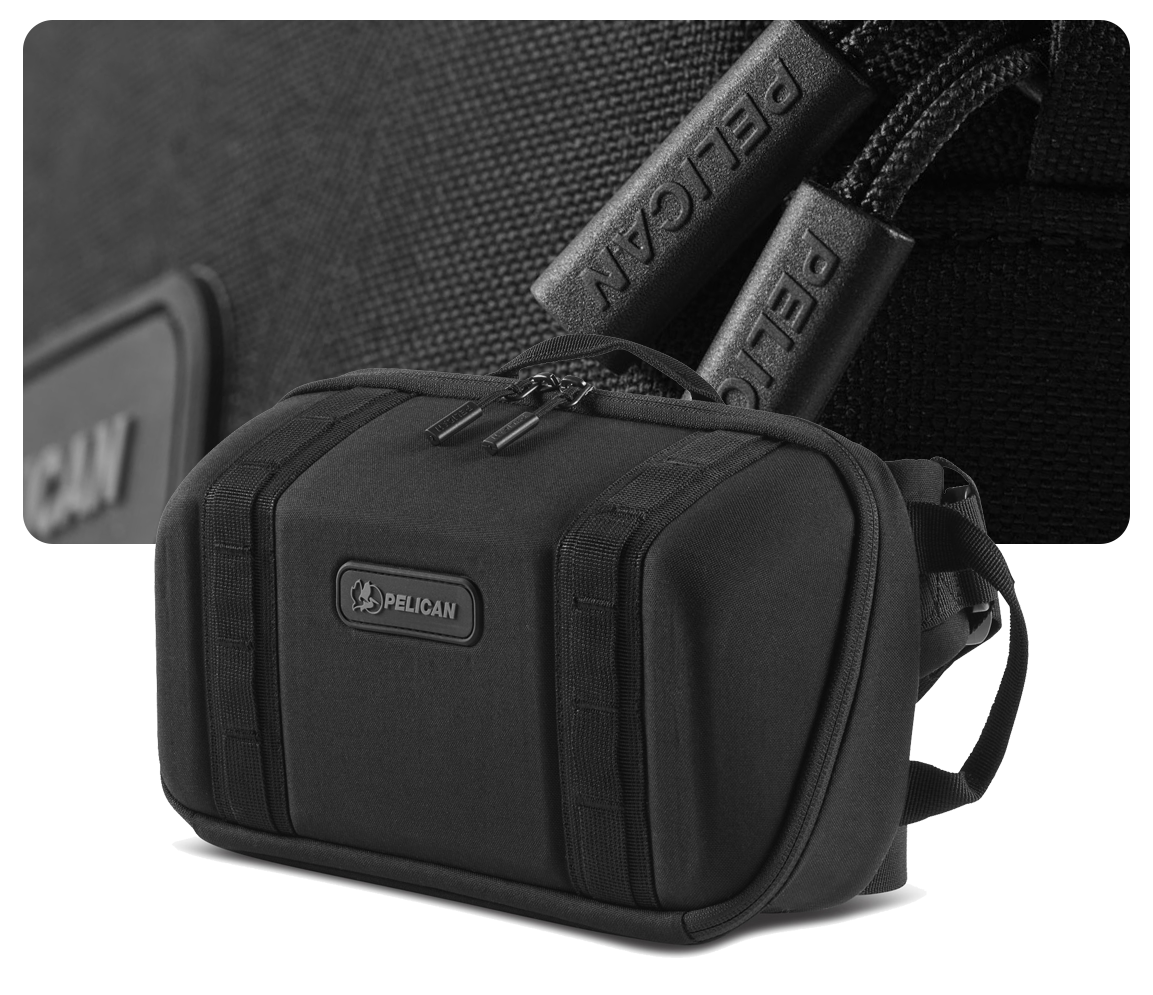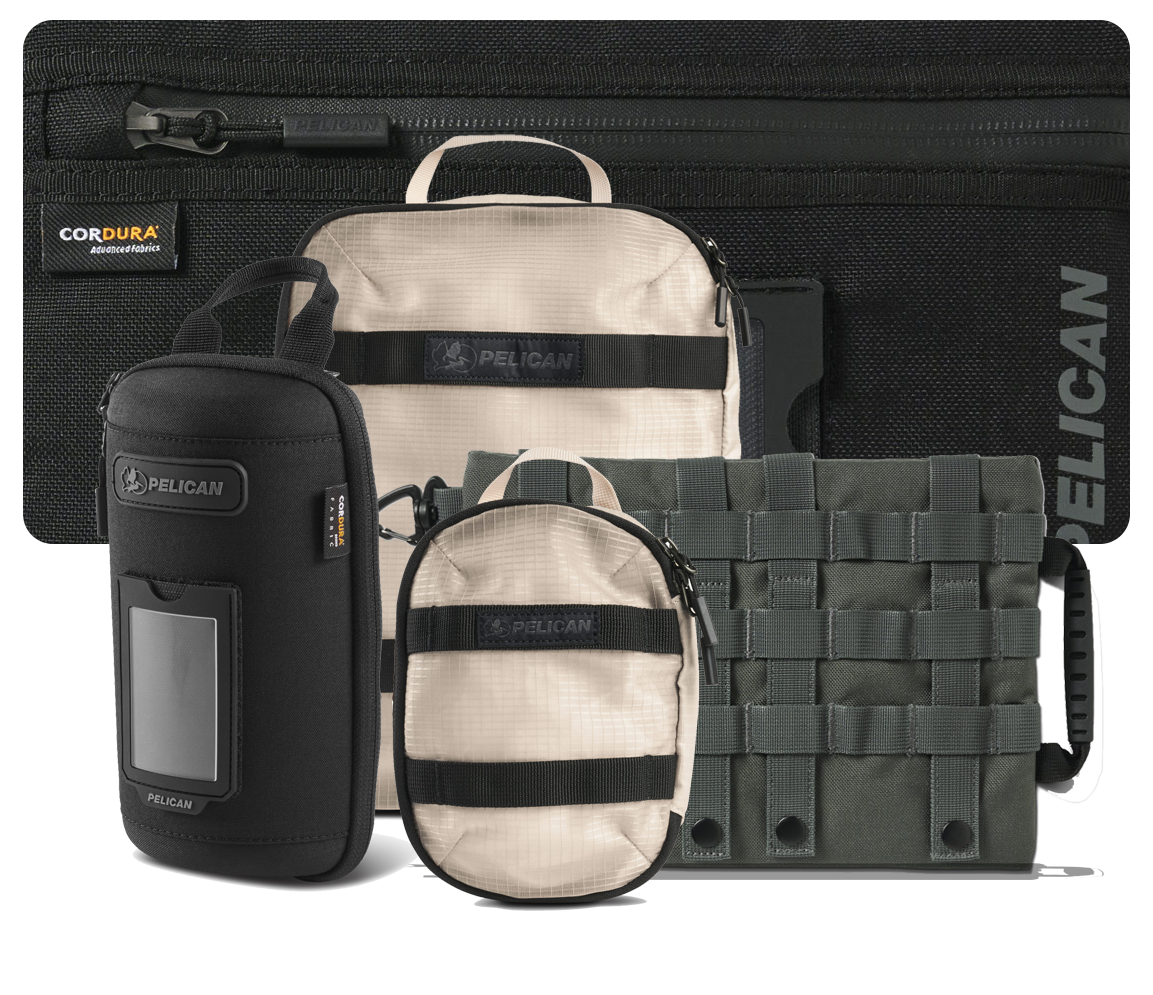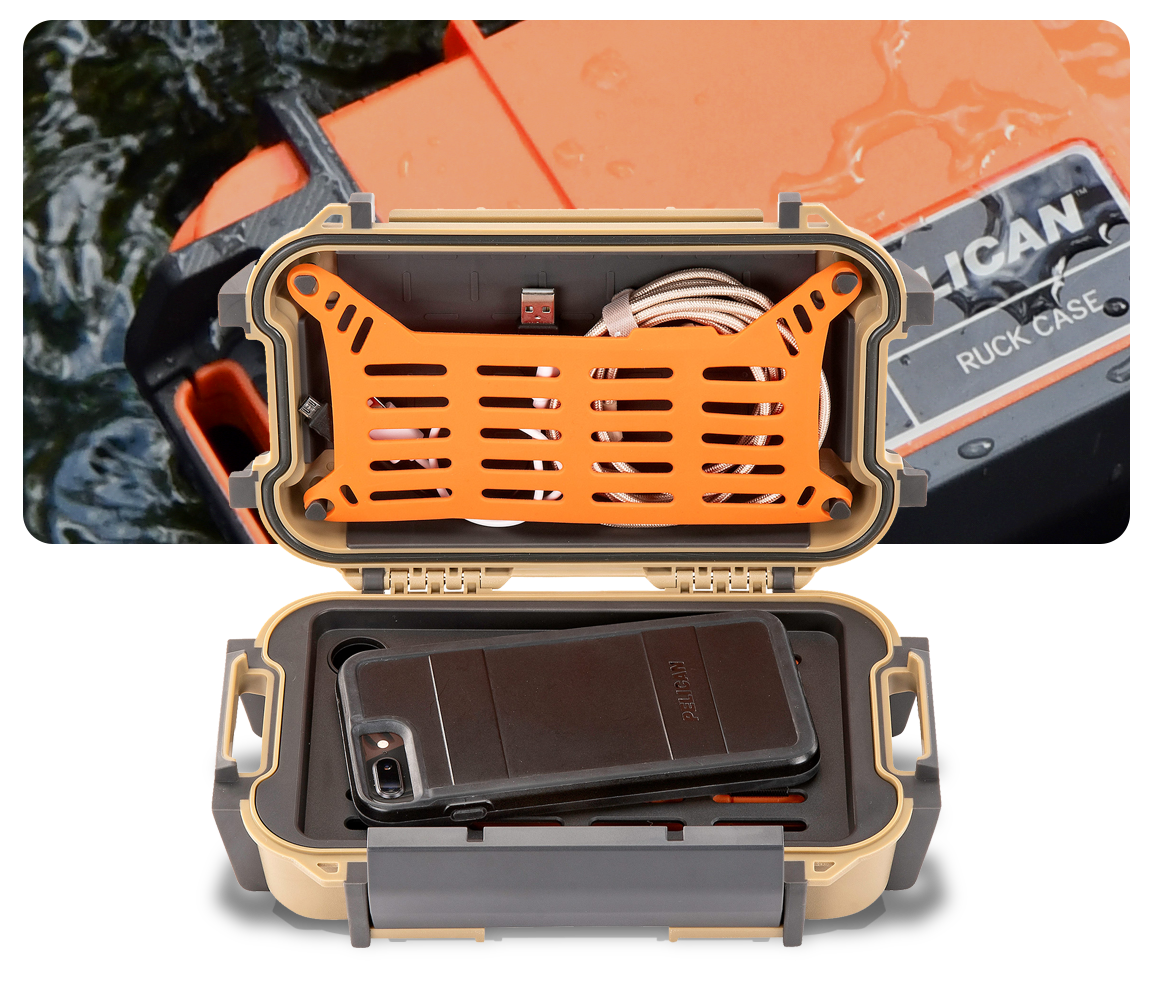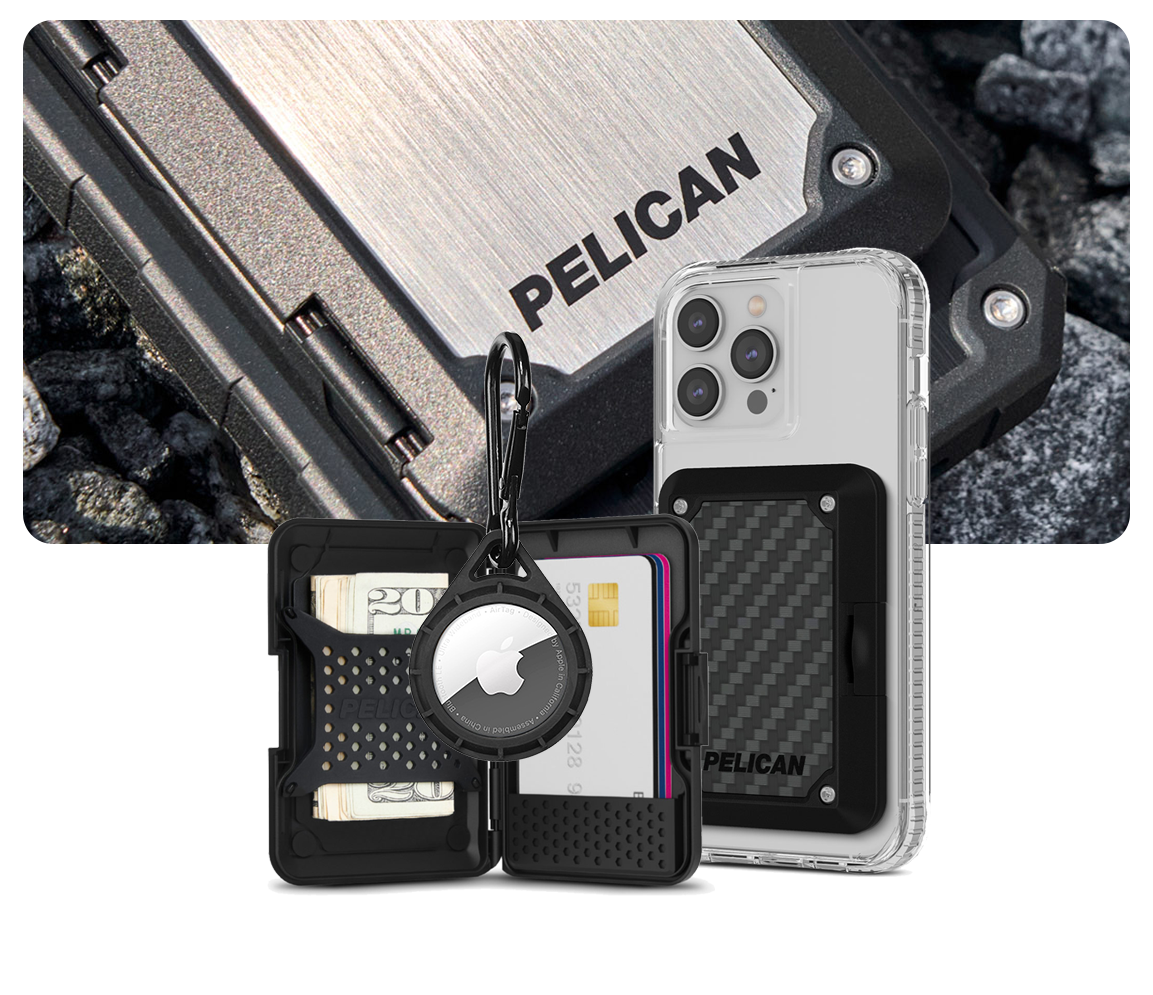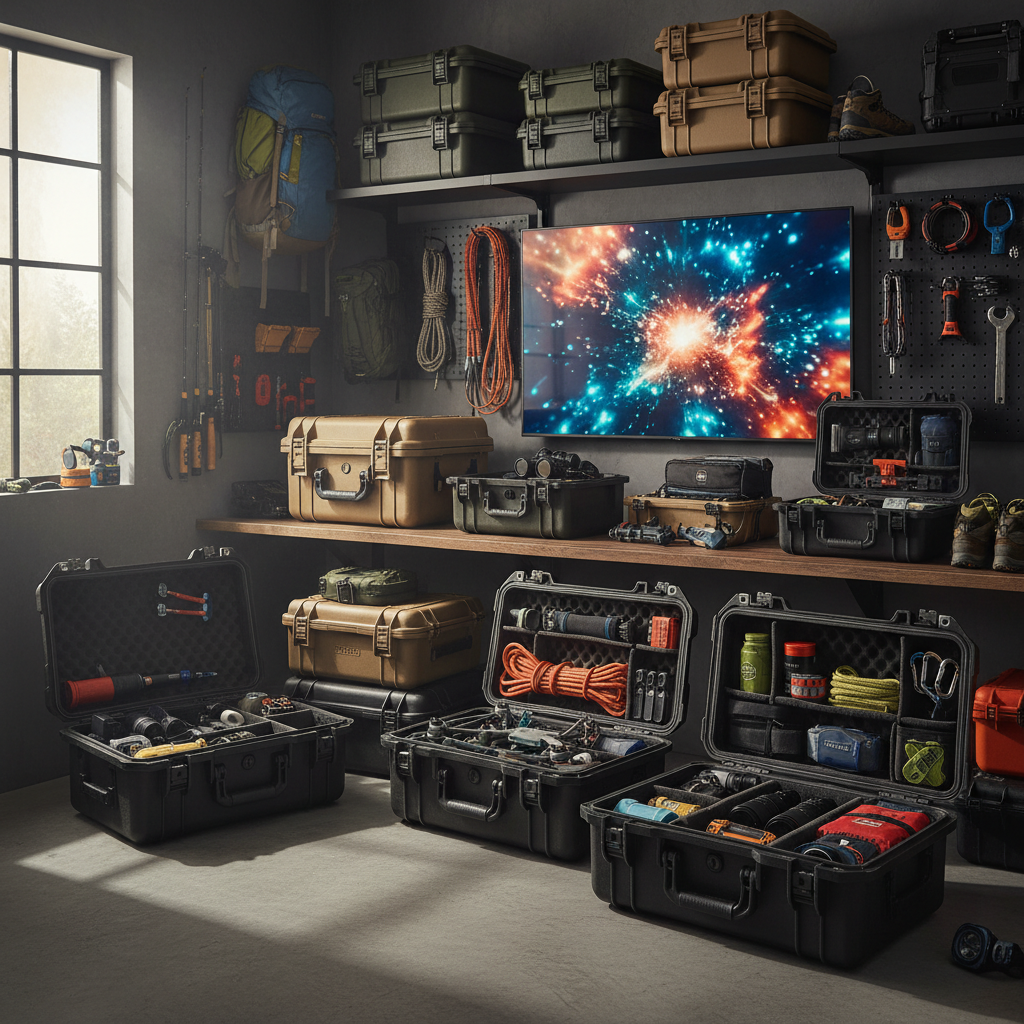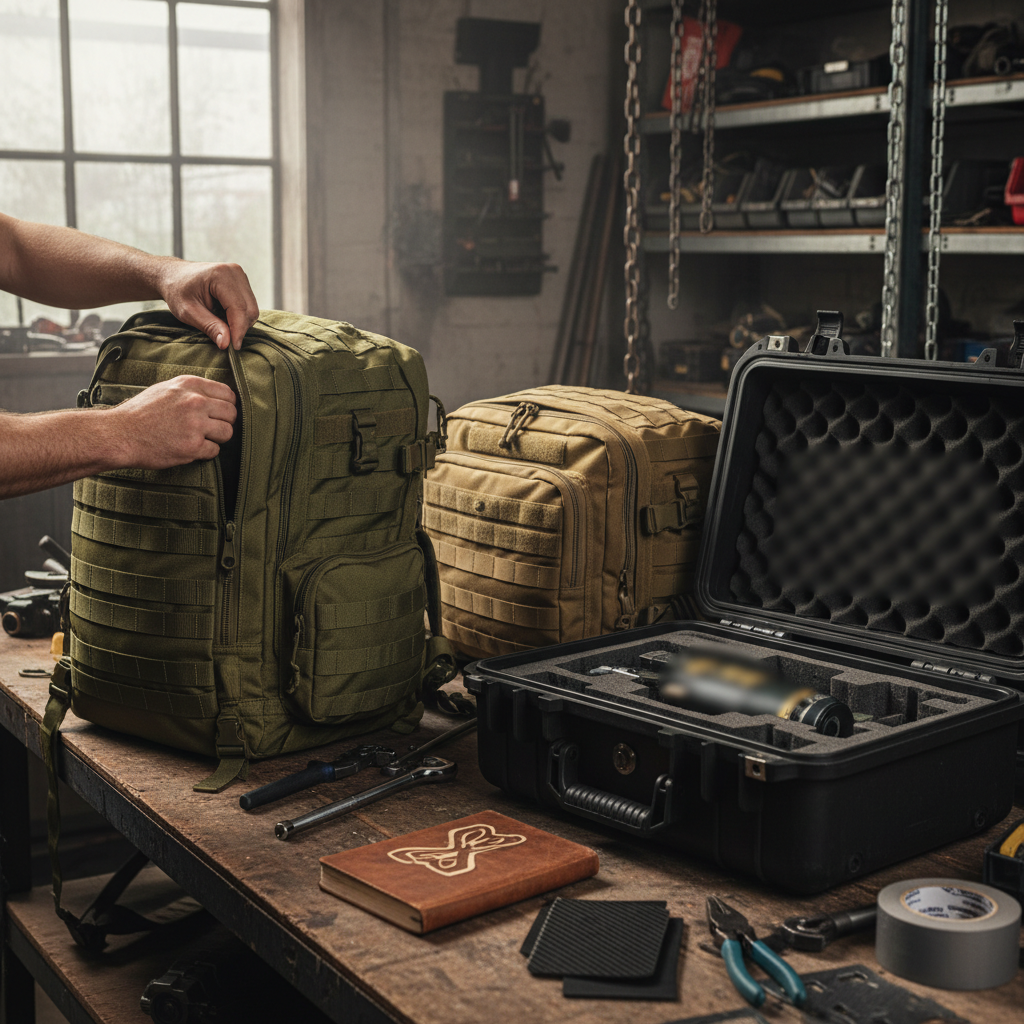Mastering Outdoor Gear Storage Cases: Your Ultimate Guide to Protection & Organization
Safeguard Your Adventures: Expert Insights on Choosing and Using Durable Cases
Quick Summary / Key Takeaways
- Storing outdoor gear in proper cases helps it last longer. It protects your equipment from weather, impacts, and pests.
- Check the material, waterproofing, impact resistance, and internal organization for your gear type and adventure style.
- Hard cases protect fragile items like cameras and electronics. Soft cases offer portability and flexibility for clothing and ropes.
- Good internal organization, using dividers or foam inserts, keeps your items from shifting, rubbing, or breaking while being transported or stored.
- Regularly clean and check the seals on your storage cases. This keeps them protective and functional for years.
Introduction
As outdoor enthusiasts, we invest our hearts, souls, and money into our gear. From the precise camera that captures dawn at the summit to the reliable climbing ropes that keep us safe, each piece has its own story. But what happens when the adventure ends or when we move to a new location? This is where the often-overlooked outdoor gear storage case comes in. You wouldn’t leave your high-performance bicycle in the rain, nor would you throw your drone into a car trunk. Our gear deserves protection, not just from the weather during trips, but also from wear and tear over time. A good storage case isn’t just a box; it’s a safeguard, a source of peace, and a sign of your dedication to adventure. This guide will simplify the world of outdoor gear storage cases. We’ll explore options from rugged hard cases for tough conditions to soft cases for lighter loads. By the end, you’ll know how to choose, use, and care for cases that keep your gear ready for the next adventure.
Hard vs. Soft Outdoor Gear Cases Comparison
| Feature | Hard Cases | Soft Cases | Best Use Case |
|---|---|---|---|
| Material | Rigid plastic, aluminum | Durable fabric (nylon, polyester) | Varies |
| Protection | Superior impact/water | Moderate abrasion/water | Fragile gear vs. flexible items |
| Weight/Portability | Heavier, bulky | Lighter, compressible | Static storage vs. transport |
| Cost Range | Higher initial investment | Lower, accessible options | High-value items vs. general gear |
Essential Features for Outdoor Storage Cases
| Feature | Benefit | Example Metric | Why It Matters |
|---|---|---|---|
| Waterproofing | Protects from rain, spills | IP67 Rated | Prevents rust, water damage to electronics |
| Impact Resistance | Withstands drops, bumps | MIL-STD-810G Certified | Safeguards fragile equipment like optics |
| Internal Organization | Secures gear in place | Customizable Foam/Dividers | Prevents scratches, breakage, easy access |
| Security | Deters theft, unauthorized access | Padlock Hasps | Protects valuable items at camp or in transit |
Before You Buy: Storage Cases Readiness Checklist
- Evaluate your gear type. Fragile electronics, bulky equipment, or soft goods. Choose storage cases with the right padding and protection.
- Choose a transport method. vehicle, backpack, or static camp storage. This helps you pick storage cases that fit your mobility needs and handling conditions.
- Assess environmental risks like water exposure and dust. Check the impact potential. Make sure your storage cases provide the sealing, shock resistance, and durability needed for your environment.
- Set a budget. Compare storage cases to balance protection needs and cost. Look at lifespan, warranty, and build quality.
After-Use Storage Case Care Checklist
- Check the case for wear, cracks, or damaged seals after each trip. This ensures your storage cases still protect against dust, water, and impact.
- Clean cases well, inside and out. Remove dirt, sand, and moisture. This helps prevent long-term wear and keeps the interior lining of your storage cases in good shape.
- Recheck and trim foam inserts if your gear setup changes. This keeps a snug, custom fit in your storage cases.
- Store cases empty and slightly open. This helps prevent mold and musty smells. It keeps your storage fresh for next time.
Table of Contents
Section 1: Why Outdoor Gear Storage Matters
- Why is proper outdoor gear storage crucial for longevity?
- How do environmental factors impact unprotected outdoor equipment?
- What are the common risks of not using specialized storage cases?
- Can proper storage save money in the long run?
- What's the difference between general storage and specialized outdoor gear cases?
Section 2: Choosing the Right Storage Case
- What are the primary types of outdoor gear storage cases available?
- How do I select a case based on my specific gear type (e.g., electronics, climbing gear)?
- What material considerations are most important for durability and protection?
- How does waterproofing (e.g., IP ratings) relate to case selection?
- What role does internal organization play in effective gear protection?
Section 3: Maximizing Case Performance & Maintenance
- How can I customize my storage case for optimal gear fit?
- What are essential features for security in outdoor storage cases?
- How often should outdoor gear cases be cleaned and inspected?
- What are best practices for storing cases when they are not in use?
- When is it time to replace an outdoor gear storage case?
Frequently Asked Questions
Section 1: Why Outdoor Gear Storage Matters
FAQ 1: Why is proper outdoor gear storage crucial for longevity?
Proper outdoor gear storage is essential for longevity, as it shields your equipment from damage, impact, and wear, extending its life. Poor storage can cause rust, mold, and breakdown, making costly gear useless too soon. This care keeps specialized materials and electronic parts in top shape for the best performance. In the end, smart storage keeps your gear reliable and ready for many future adventures.
FAQ 2: How do environmental factors impact unprotected outdoor equipment?
Environmental factors like moisture, UV radiation, extreme temperatures, and dust can seriously harm outdoor equipment. Humidity causes rust on metal and mold on fabrics. Direct sunlight weakens plastics and synthetic fibers. Extreme cold makes plastics brittle, while heat can melt or warp sensitive parts. This all threatens gear integrity. Fine dust and sand can scratch surfaces and clog moving parts, reducing equipment lifespan.
FAQ 3: What are the common risks of not using specialized storage cases?
Not using specialized outdoor gear storage cases often risks damage. Impacts can cause physical harm, while dirt and moisture can lead to contamination. Improper handling can also speed up wear.Fragile items like cameras or optics may break easily. Ropes and fabrics can suffer from abrasion or chemical spills. Moreover, general storage usually doesn't protect against pests, UV exposure, or temperature changes. These factors can compromise gear safety and performance. This oversight can quickly result in costly repairs or replacements.
FAQ 4: Can proper storage save money in the long run?
Yes, proper storage saves money over time. It extends the lifespan of expensive outdoor gear and prevents costly repairs or early replacements. Protecting items like tents, sleeping bags, electronics, and technical apparel from damage means you won't need to buy new gear as often. It also keeps gear performing well, avoiding safety issues or discomfort from worn-out equipment. This can lead to extra costs on a trip. In the end, a small investment in storage cases prevents much larger expenses later on.
FAQ 5: What's the difference between general storage and specialized outdoor gear cases?
General storage means basic containers or bags that offer little protection. Specialized outdoor gear cases have specific features for tough conditions and delicate equipment. These cases often include IP-rated waterproofing, MIL-SPEC impact resistance, customizable foam interiors, and airtight seals. They protect against water, dust, shock, and extreme temperatures. General storage, like a duffel bag or plastic bin, only provides basic containment. It lacks active protection against environmental or physical threats, leaving gear unprotected. This key difference ensures your valuable adventure equipment gets the right defense.
Section 2: Choosing the Right Storage Case
FAQ 6: What are the primary types of outdoor gear storage cases available?
The main types of outdoor gear storage cases are hard cases, soft cases, duffel bags, dry bags, and specialized pouches. Each type meets different needs for protection and portability. Hard cases, made from rigid plastic or aluminum, provide strong impact and water protection for sensitive items. Soft cases, such as padded gear bags, offer moderate protection and flexibility for odd-shaped items. Dry bags keep gear waterproof, while pouches help organize smaller parts inside larger containers.
FAQ 7: How do I select a case based on my specific gear type (e.g., electronics, climbing gear)?
Choose a case based on gear type, focusing on features that protect against specific risks. For sensitive electronics like cameras, GPS, and drones, a hard case is essential. It should be waterproof, dustproof, and crushproof, with custom foam inserts to prevent damage. Climbing ropes and fabric items need breathable, water-resistant soft bags or duffels to stop mildew and allow quick access. Bulky items, such as axes or folding chairs, may require heavy-duty utility cases or sturdy open-top bins.
FAQ 8: What material considerations are most important for durability and protection?
For outdoor gear cases, key material factors are impact resistance, waterproofing, UV stability, and abrasion and chemical resistance. Hard cases often use injection-molded polypropylene or aluminum. These materials resist crushing and punctures. Soft cases typically use heavy-denier nylon or polyester with DWR (Durable Water Repellent) coatings for added abrasion and water resistance. UV-stabilized materials help prevent damage from sunlight, and chemical resistance guards against spills.
FAQ 9: How does waterproofing (e.g., IP ratings) relate to case selection?
Waterproofing, shown by IP (Ingress Protection) ratings, affects case selection. These ratings specify protection against water and dust, which is vital for outdoor gear. For example, an IP67 rating means the case is completely dust-tight and can handle being submerged in 1 meter of water for 30 minutes. Higher IP ratings offer more protection, keeping electronics, maps, and other moisture-sensitive items dry in heavy rain or accidental submersion. It’s important to match the IP rating to your expected water exposure for optimal gear safety.
FAQ 10: What role does internal organization play in effective gear protection?
Internal organization is key for effective gear protection as it prevents items from shifting, rubbing, or colliding. These actions can cause scratches, dents, or breakage during transport or storage. Custom foam inserts, padded dividers, and modular compartments keep gear securely nested and separated. This setup helps locate items quickly and lowers the risk of misplacing small, essential pieces. Without proper internal organization, even the toughest external case can’t stop internal chaos and possible damage.
Section 3: Maximizing Case Performance & Maintenance
FAQ 11: How can I customize my storage case for optimal gear fit?
You can customize your storage case for the best gear fit using pick-and-pluck foam, custom-cut foam inserts, or adjustable padded dividers. Pick-and-pluck foam lets you remove small cubes to create pockets for each item. For a more durable option, custom-cut foam, often CNC-machined, provides better snugness and protection. Adjustable padded dividers give you the flexibility to change gear setups, allowing rearrangement without permanent changes. This tailored fit keeps your gear in place and protects fragile components.
FAQ 12: What are essential features for security in outdoor storage cases?
Key security features in outdoor storage cases include reinforced padlock hasps, locking mechanisms, and strong, tamper-resistant latches. These elements help protect your valuable gear from theft. Padlock hasps let you use heavy-duty locks, which deter opportunistic thieves at camp or during transit. Some high-end cases have combination or key locks built in for smooth security. Also, durable, tight-sealing latches secure the lid and make prying difficult, adding extra protection.
FAQ 13: How often should outdoor gear cases be cleaned and inspected?
Clean and inspect your outdoor gear cases after each major trip or at least seasonally if used less often. This keeps their protective features intact. Regular cleaning removes dirt, dust, sand, and salt. These can wear down surfaces or damage seals over time. During inspection, check for cracks, dents, worn latches, or damaged O-rings. Any of these can lower waterproofing or impact resistance. Proactive maintenance stops small issues from turning into big problems.
FAQ 14: What are best practices for storing cases when they are not in use?
Best practices for storing cases when not in use include cleaning them well, ensuring they are dry, and keeping them in a cool, dry, dark place, ideally slightly open. Cleaning stops dirt or residue from damaging materials or causing mold. Drying completely prevents moisture buildup and mildew, especially in foam inserts. Storing cases unlatched or slightly open lets air circulate, which stops musty odors and pressure buildup. A cool, dark environment protects materials from UV damage and extreme temperature changes.
FAQ 15: When is it time to replace an outdoor gear storage case?
Replace your outdoor gear storage case when its structure is compromised. Look for widespread cracks, warped lids, broken latches, or degraded seals that hurt protection. Any major damage that affects waterproof, dustproof, or crushproof features makes it ineffective. Signs of wear, like deep gouges, stress fractures, or broken parts, clearly indicate the need for replacement. Prioritize getting a new case to keep your valuable equipment safe instead of depending on a damaged barrier.



